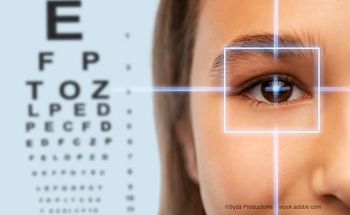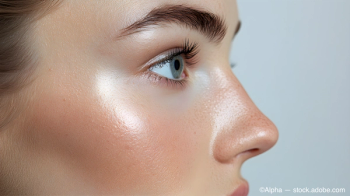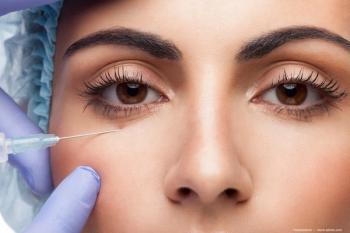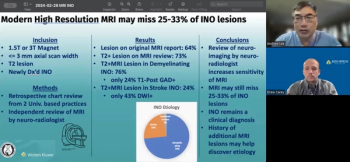
Getting a grip on the coronavirus Down Under
In Australia, residents of suburbs of the city of Melbourne that are considered COVID-19 hot spots are being visited in their homes by authorities
Residents in Melbourne, Australia who live in areas considered to be COVID-19 hotspots have the chance to be tested at home.
According to news outlets in the country, authorities are offering a less invasive test to identify the viral infection.
Officials are offering residents the opportunity to visit a testing center to undergo a saliva test, which is substantially easier to perform than the nasal swab test that is used in most places. Those who cannot leave their homes may be tested there.
When considering the accuracy of saliva testing, it is slightly less accurate than the nose and throat swab, but the specimens undergo the same polymerase chain reaction test in the laboratory as the specimens acquired during nasal and throat testing; it is just a more comfortable specimen to obtain, according to Dr. Nick Coatsworth, Federal Deputy Chief Medical Officer.
In addition to the new test, Victoria and New South Wales are also imposing an extended quarantine period for travelers returning home who refuse to undergo coronavirus testing. The percentage of travelers refusing testing is estimated to be about 30%. Travelers arriving in Australia will be swabbed using the conventional nasal test on day 11 of their hotel isolation. Refusal means an additional 10 days of hotel isolation.
The number of coronavirus cases in Australia is low compared to the rest of the world, with an increase of 49 cases reported on June 28, but the government and citizenry are working to keep the virus contained.
Newsletter
Don’t miss out—get Ophthalmology Times updates on the latest clinical advancements and expert interviews, straight to your inbox.













































.png)


